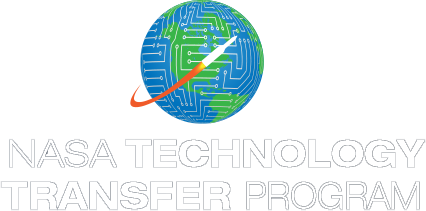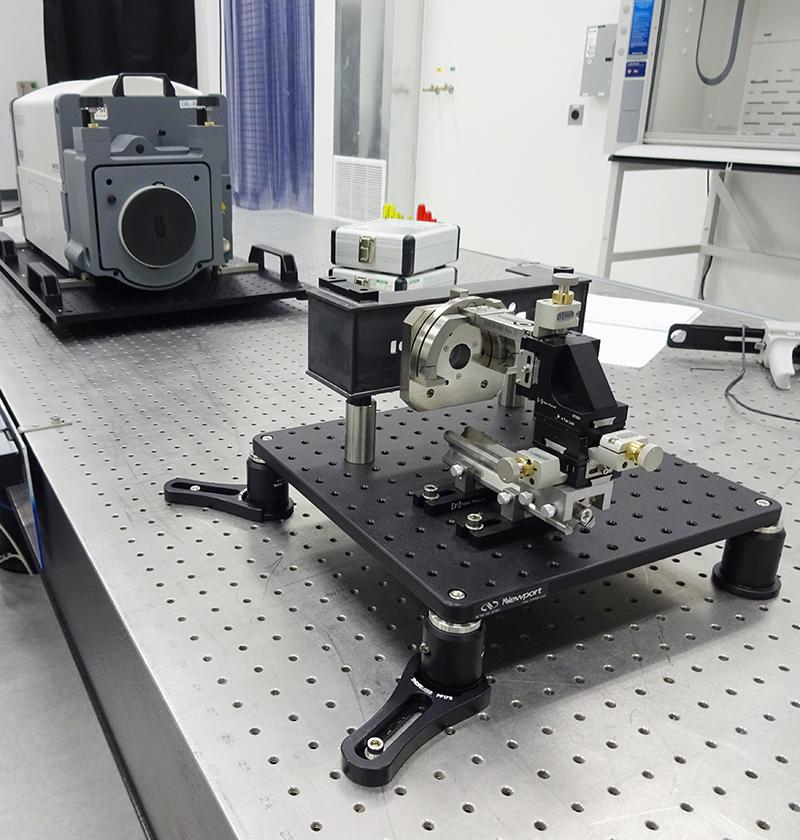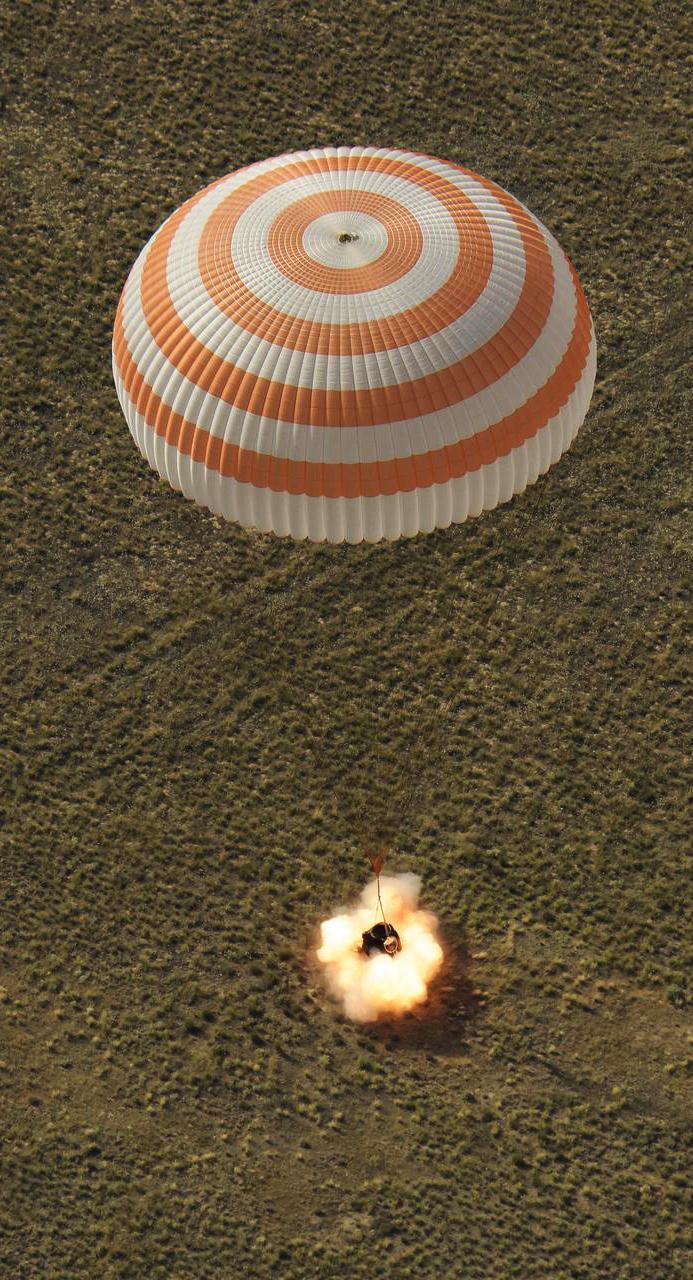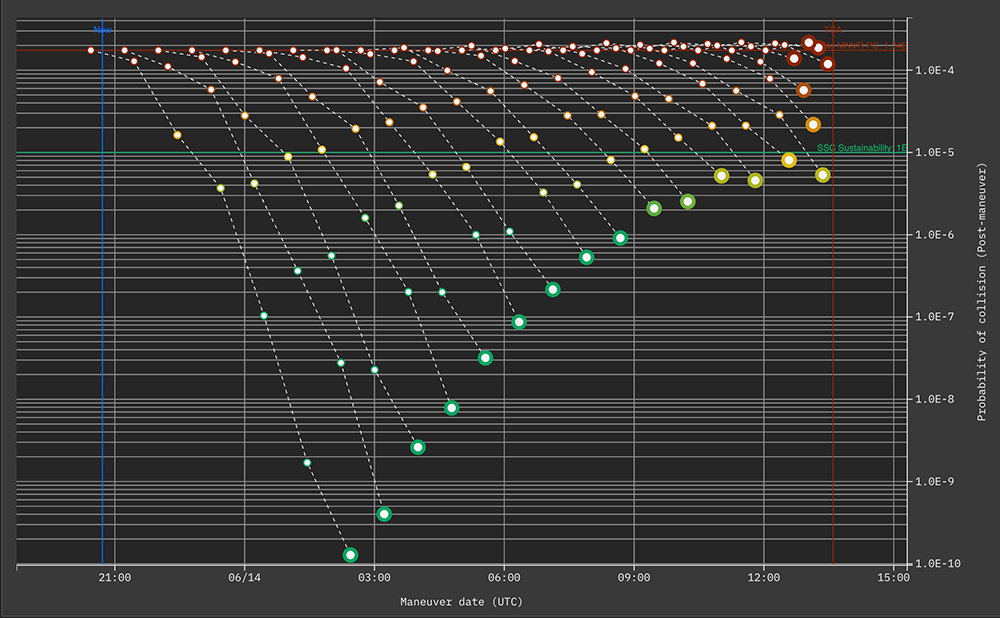
Cutting-Edge Computing Goes Spaceborne
Subheadline
Spaceborne Computer missions demonstrate faster, easier protection against space radiation
When Hewlett Packard Enterprise Co. (HPE) sent an unmodified high-performance computer to the International Space Station in 2017, no computer expert thought it would last a week. Over a year-and-a-half later, Spaceborne Computer-1 returned home, having operated successfully for its entire mission.
“No one in the aerospace industry thought this was going to work,” said Mark Fernandez, now principal investigator for Spaceborne Computer-2 at Spring, Texas-based HPE. “The longest publicly stated life expectancy for Spaceborne-1 was four days, because we did nothing to the hardware at all.”
Unaltered, off-the-shelf computers don’t last long in space due to radiation that the atmosphere protects us from on Earth. When high-energy particles or photons strike microchips, they can alter the voltage in nearby transistors, corrupting data, changing the computer’s behavior, and eventually destroying its electronics.
The solution has been radiation hardening: a commercial computer’s electronics are mounted on insulating boards instead of conventional semiconductors and shielded in a protective layer, in a lengthy process that Fernandez said “takes 10 years and millions of dollars.”
As a result, radiation-hardened computers “are usually several generations behind the current state of the art,” said Rupak Biswas, director of exploration technology at NASA’s Ames Research Center in California’s Silicon Valley, who proposed the first Spaceborne Computer mission. Meanwhile, he said, as NASA sends astronauts farther from Earth, increasing the lag time for transmissions, the agency will want more computing power aboard its spacecraft. “So the idea was, what if we take one of our latest-generation processors, put it in space, see what radiation does to it, and use software to correct those errors, as opposed to depending on the hardware?”
NASA reached out to Silicon Graphics International, a company that had built supercomputers for Ames, where Fernandez was one of the chief technology officers. HPE acquired SGI not long after. By then Fernandez was already developing software that would monitor all of a computer’s components and slow it down incrementally when any behavior fell outside normal operating parameters, avoiding damage.
When the approach worked, it wasn’t just HPE and NASA who were pleased. “Hearing Mark say this thing worked great, when there had been no small consensus that it was nothing more than a fire hazard, was very encouraging to us, that this would be something we could do,” said Rick Ward, founder and chief technology officer of OrbitsEdge Inc. The recent startup was making its own plans to put cutting-edge computers in space without traditional
radiation hardening.
Following HPE’s success, OrbitsEdge is making HPE’s Edgeline system the heart of one of its SatFrame satellites. Developed while Spaceborne Computer-1 was on the space station, Edgeline is a rugged system intended to provide processing power in the field and is now on the station as Spaceborne Computer-2. OrbitsEdge has signed an agreement to use the Edgeline 8000 in its 1,000-watt satellite, which will likely be developed after one or two smaller versions, and the company has already purchased several units for development.
HPE said a number of other commercial space companies are also considering its software-hardened systems for use in space. Meanwhile, the company is working with NASA to provide the first commercial high-powered computing in space by opening up Spaceborne Computer-2 to do work for paying customers, a service it hopes to offer shortly
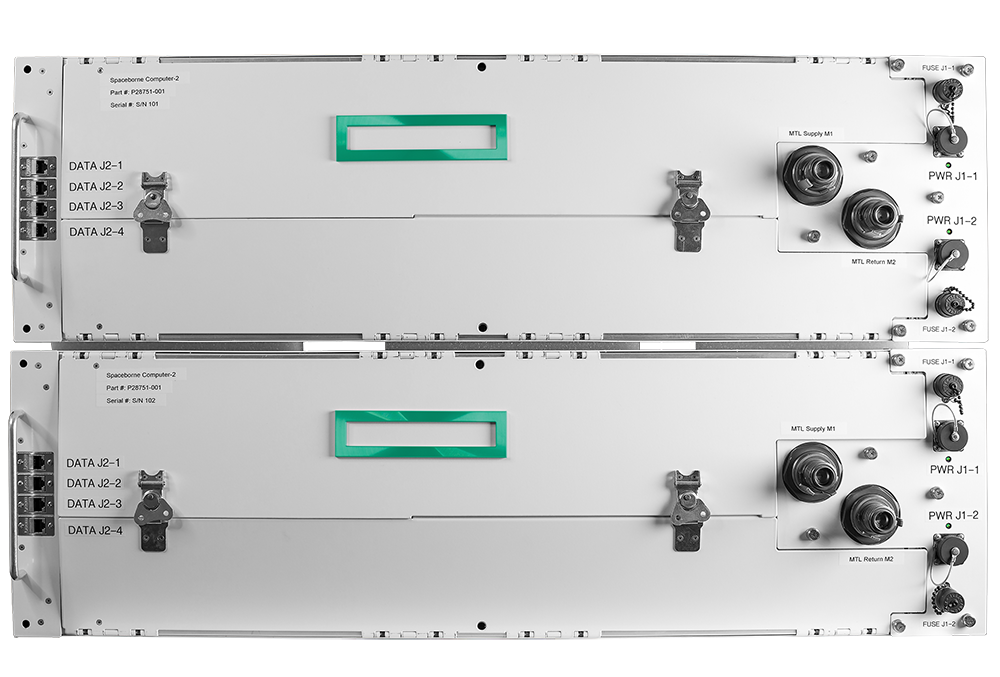
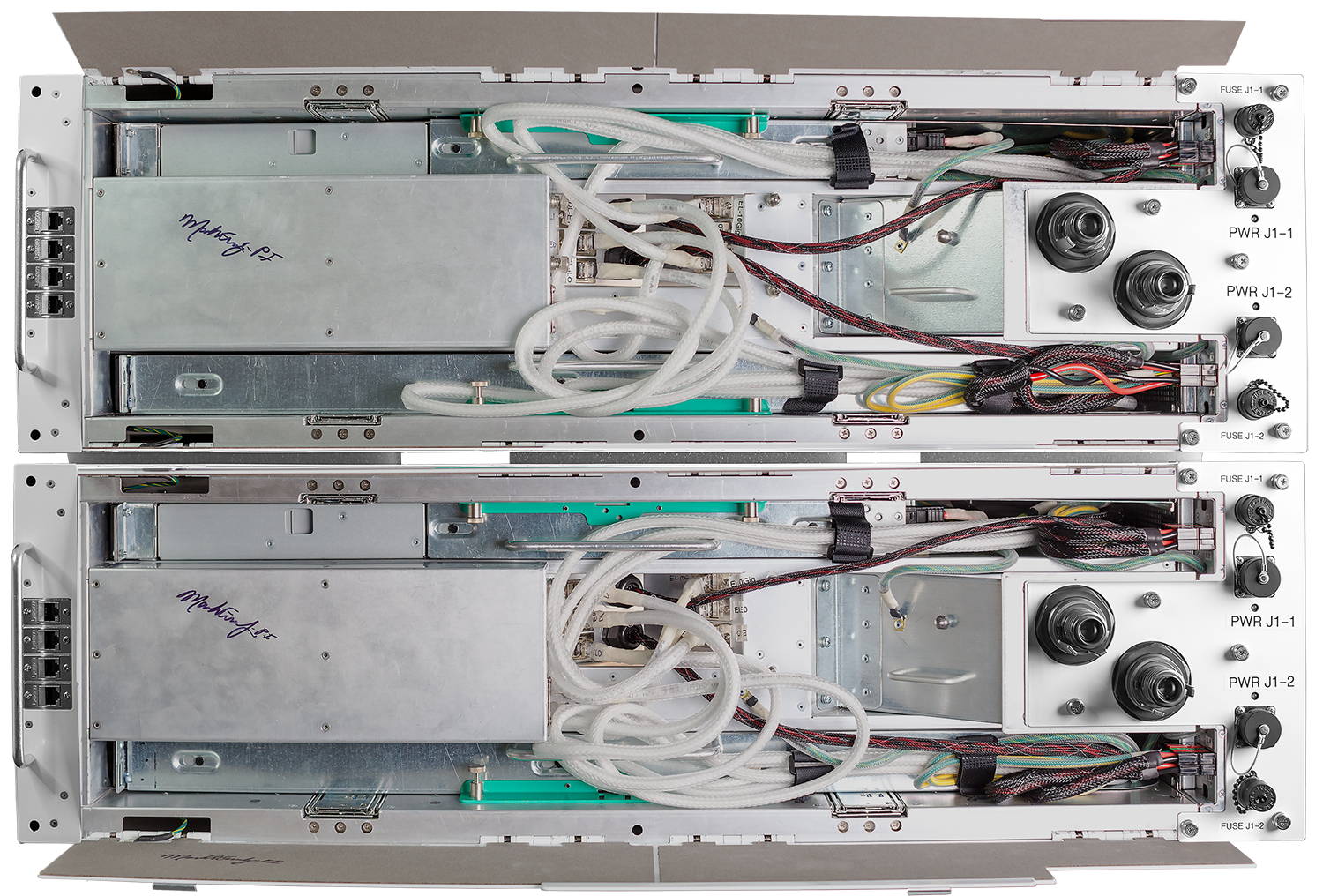
Spaceborne Computer 2, currently on the International Space Station, comprises a ProLiant DL360 server and an Edgeline 4000 server, both from Hewlett Packard Enterprise (HPE). Credit: Hewlett Packard Enterprise Co.
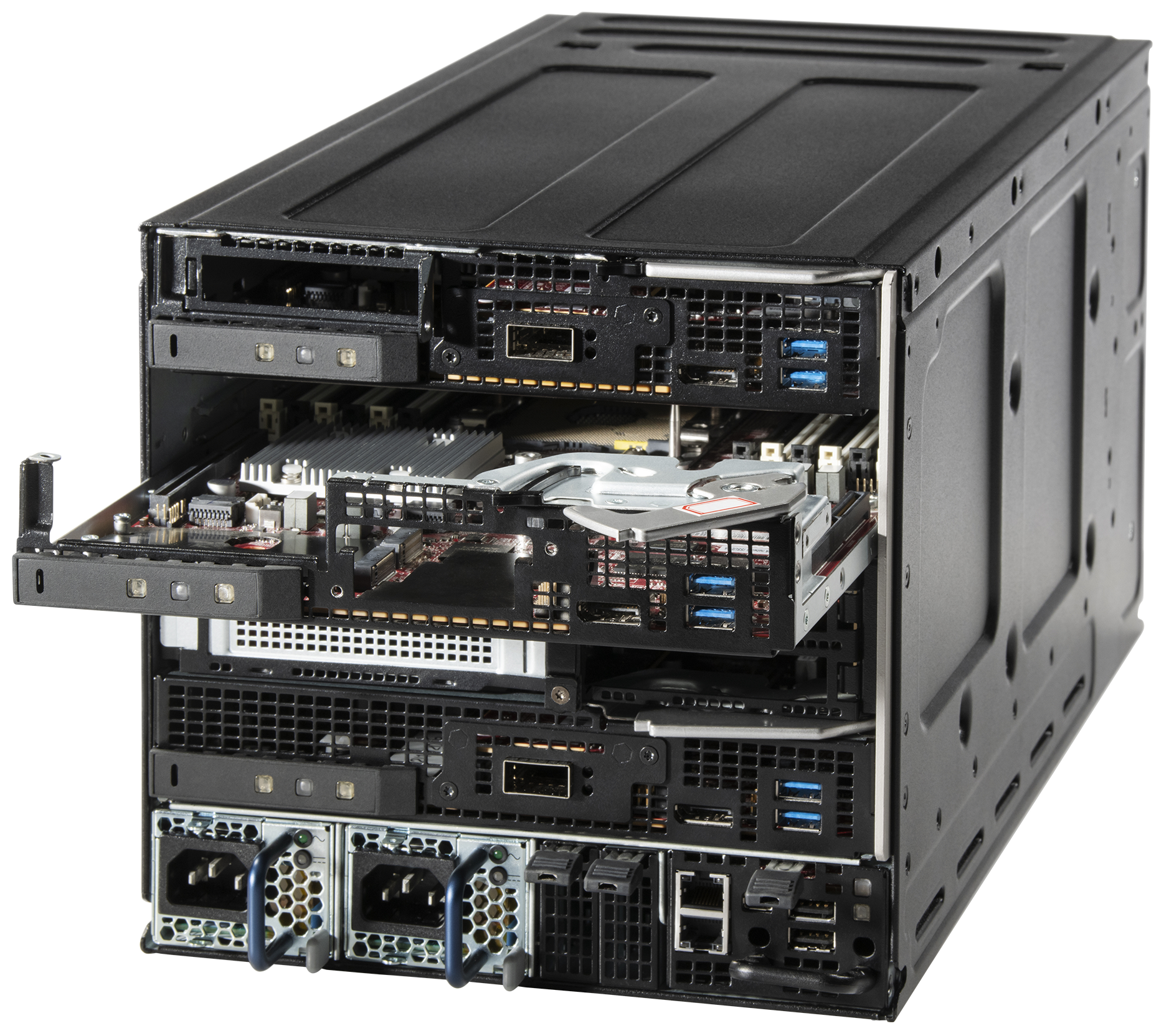
The Edgeline 8000 is designed to perform in harsh environments on Earth. At least one company now plans to send the server into orbit. Credit: Hewlett Packard Enterprise Co.

Following the success of the Spaceborne Computer missions, the company OrbitsEdge decided to use the HPE Edgeline 8000 in one of its SatFrame satellite models. Credit: OrbitsEdge Inc.

